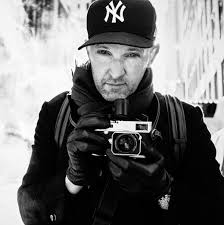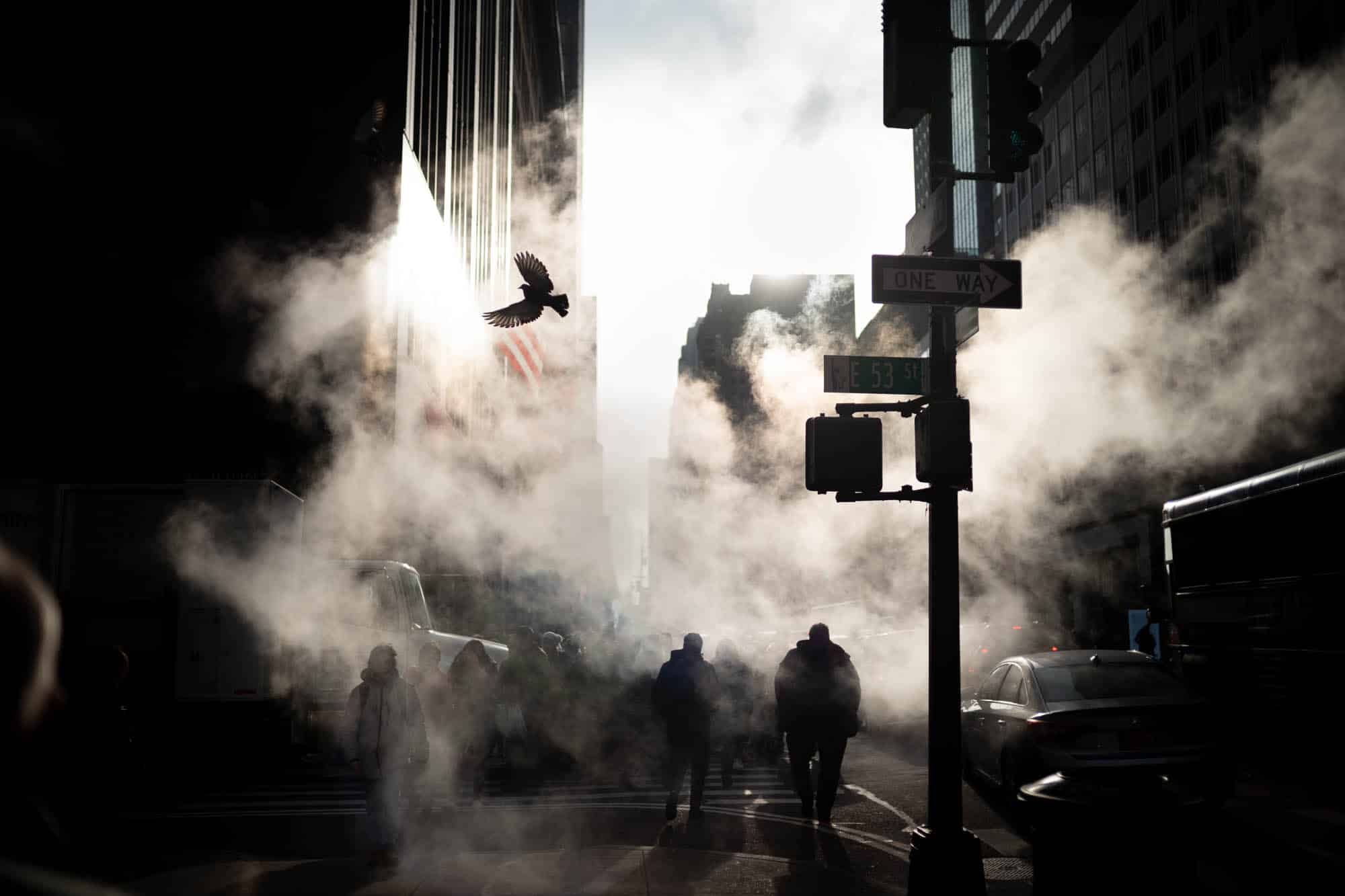
10+ Essential Questions Answered by the World’s Most Respected Photographers
Learn how the world’s best photographers shoot, think, and create — and how you can too.
Above: Photo by Phil Penman
Photographer Spotlight: Phil Penman
Speaker, author, teacher, conservationist, National Geographic Explorer, and a regular contributor to National Geographic Magazine.
British-born and New York–based photographer Phil Penman has spent over 25 years capturing the ever-changing energy of New York City’s streets. His images have appeared in The Guardian, The Independent, and The New York Review of Books, and he has photographed major public figures and historic moments. Penman’s coverage of the September 11, 2001 attacks on the World Trade Center was featured on NBC, the BBC, the History Channel, and Al Jazeera, with several images now in the 9/11 Memorial & Museum archives.
His documentation of New York during the COVID-19 lockdown was acquired by the U.S. Library of Congress, joining works by Walker Evans and Dorothea Lange. Penman’s photographs have been shown in Leica galleries across the U.S. and the U.K., and internationally in Venice, Berlin, and Sydney.
A global instructor for Leica Akademie, he was named among the “52 Most Influential Street Photographers” alongside Henri Cartier-Bresson, Sebastião Salgado, and Diane Arbus. His books Street (2019) and New York Street Diaries (2023) both became bestsellers and were featured at the Museum of Modern Art in New York.
Q&A with Phil Penman
Vision & Purpose
What is your ultimate aim in photography? What are you hoping to express or achieve through your work?
My work is an honest documentation of what I see on the streets, whilst trying not to portray someone in a negative light. The last thing I want is for a person I photograph to feel bad about an image I’ve shot. I present my work to the world and let the viewer decide what they see or feel. After all, art is in the eye of the beholder. Having been a photojournalist for most of my life, I’ve seen the other side of the industry—where media outlets hired photographers to put a spin on a story or use them for propaganda. This was one of the primary reasons I left the profession.
The work I do now must be the complete opposite of that.
Phil Penman’s work is an invitation to see the complexity and beauty of urban landscapes with new eyes.
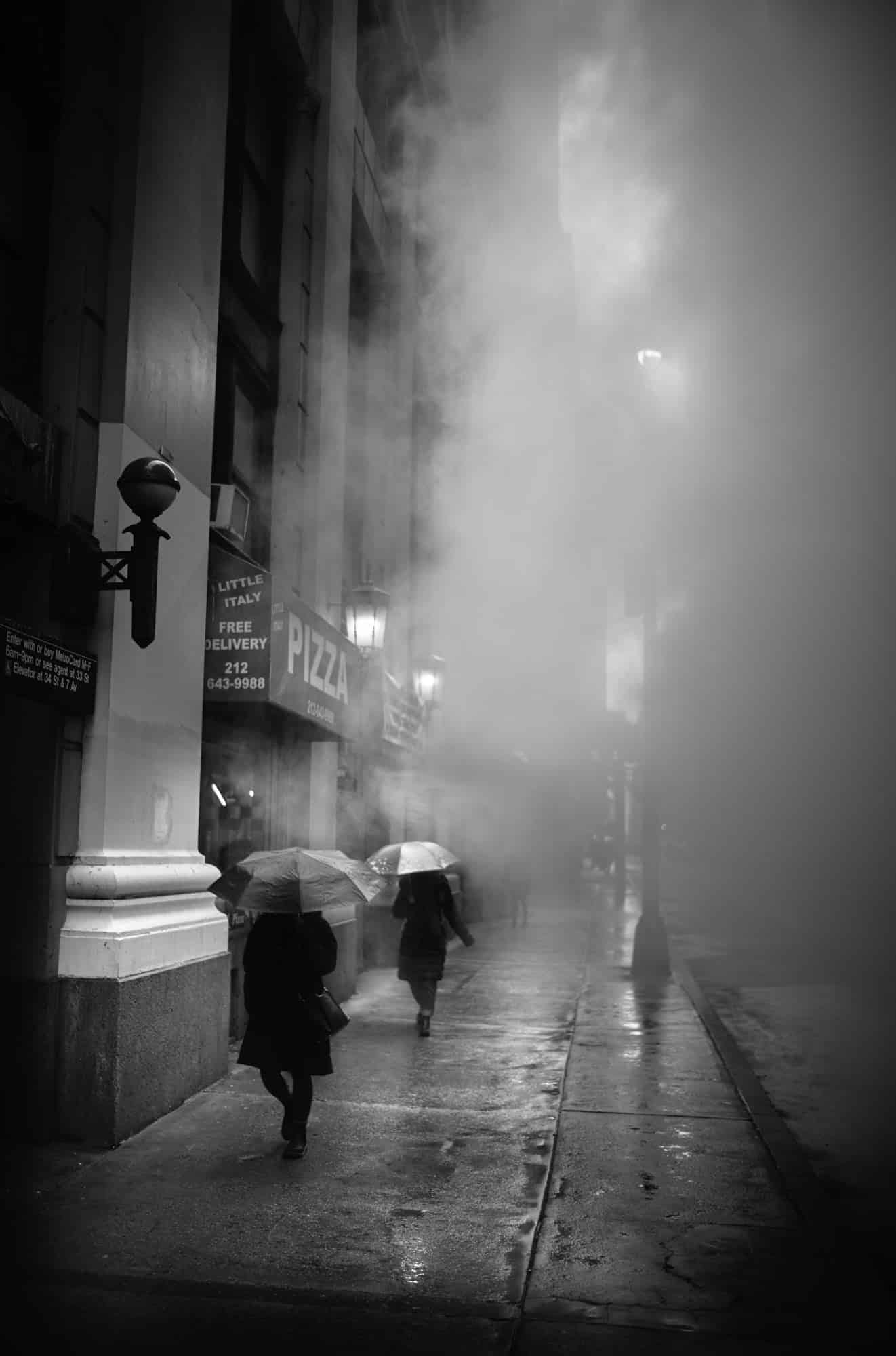
Photo by Phil Penman
I treat the world as a vast stage. Then, I add my own lighting, my ‘actors,’ and atmospheric elements like snow, fog, or steam. My goal is for viewers to feel as if they’re standing right beside me. If someone can literally smell the streets in one of my photos, then I’ve achieved my objective.
Inspiration and Influence
Which books, exhibitions, or fellow photographers have had the biggest impact on how you see the world through your lens?
My photography was forever changed after seeing a Sebastião Salgado show at the Royal Photographic Association in Bath while I was a student. A friend had copies of his books, Workers and Migrations, and I would spend hours studying his images.
Later, a college housemate found a copy of Arnold Newman’s Artists in a rubbish bin and gave it to me. I was captivated by his precise compositions and incredible attention to detail.
My other influences include Elliott Erwitt and Thomas Hoepker, who was also featured alongside me in my last book, BIG NEW YORK, published by teNeues. I still believe Erwitt’s Personal Best is one of the greatest photography books ever published.
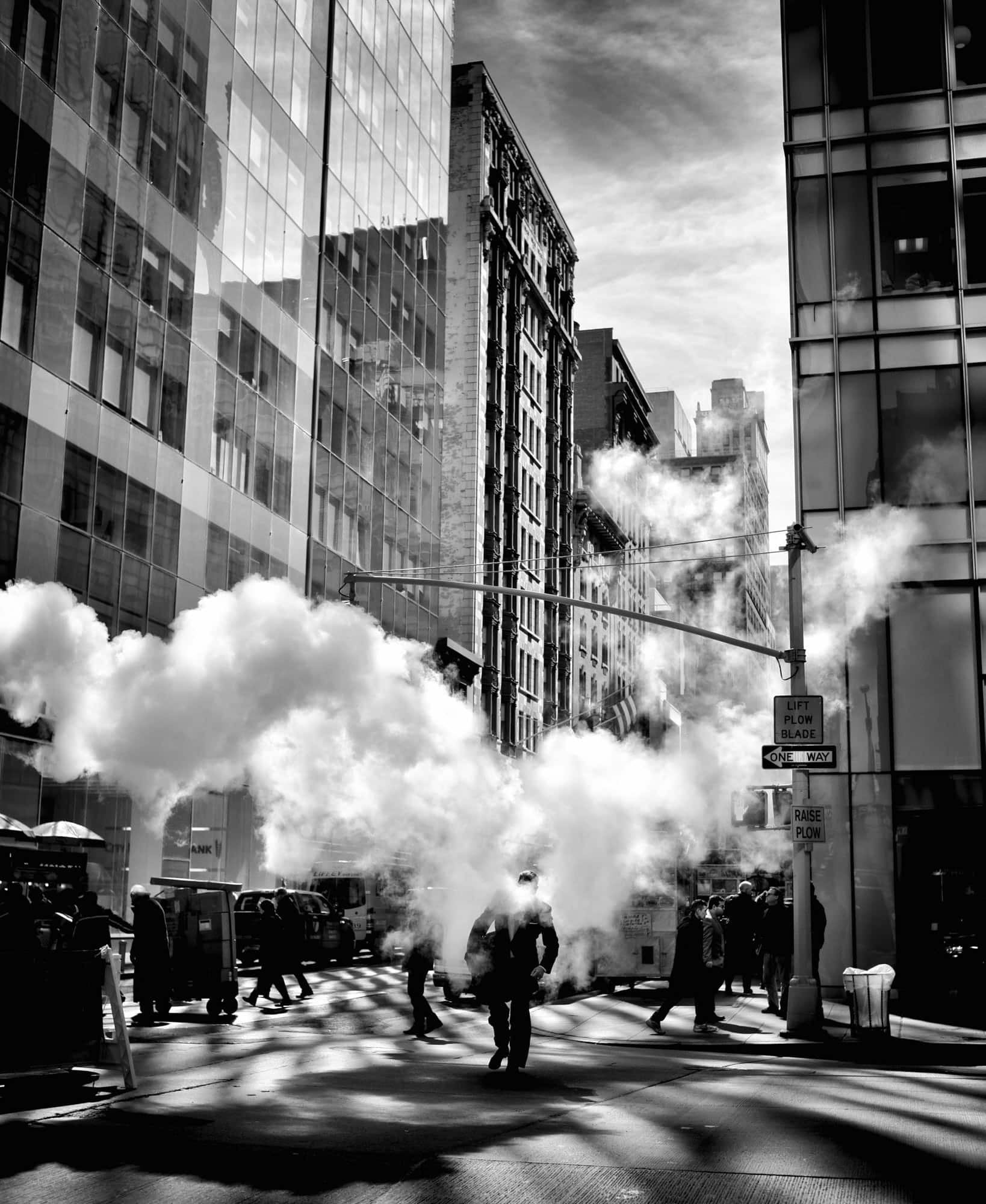
Photo by Phil Penman
“With billions of images shot every year, it’s more important than ever to be true to yourself and show people who you are as a photographer. I believe photography is a reflection of the person behind the lens—whether it’s your empathy, your humor, or whatever unique perspective helps you see the world. The camera is simply a tool we can learn to master. What it can’t replace are your life experiences or the feelings that shape your vision.
If you’re just a copy or a clone of something else, it will be hard to stand out. Nobody said it’s easy, but we can all try. Your work will also evolve as your eye develops over time.”
Process and Practice
Can you walk us through the story and techniques behind one of your favorite photographs? What makes it stand out to you?
The one I’m most proud of has to be ‘The Dog in the Window,’ an amusing piece that now resides in the U.S. Library of Congress. The photo was a happy accident. I was teaching a private class when I happened to turn around and see a dog staring intently at a shop window.
I quickly realized it was staring at another dog in a window display, and the tune ‘How Much Is That Doggie in the Window?’ immediately popped into my head.
Knowing the moment wouldn’t last, I had to act fast. It was a perfect example of a ‘just press the shutter’ moment.
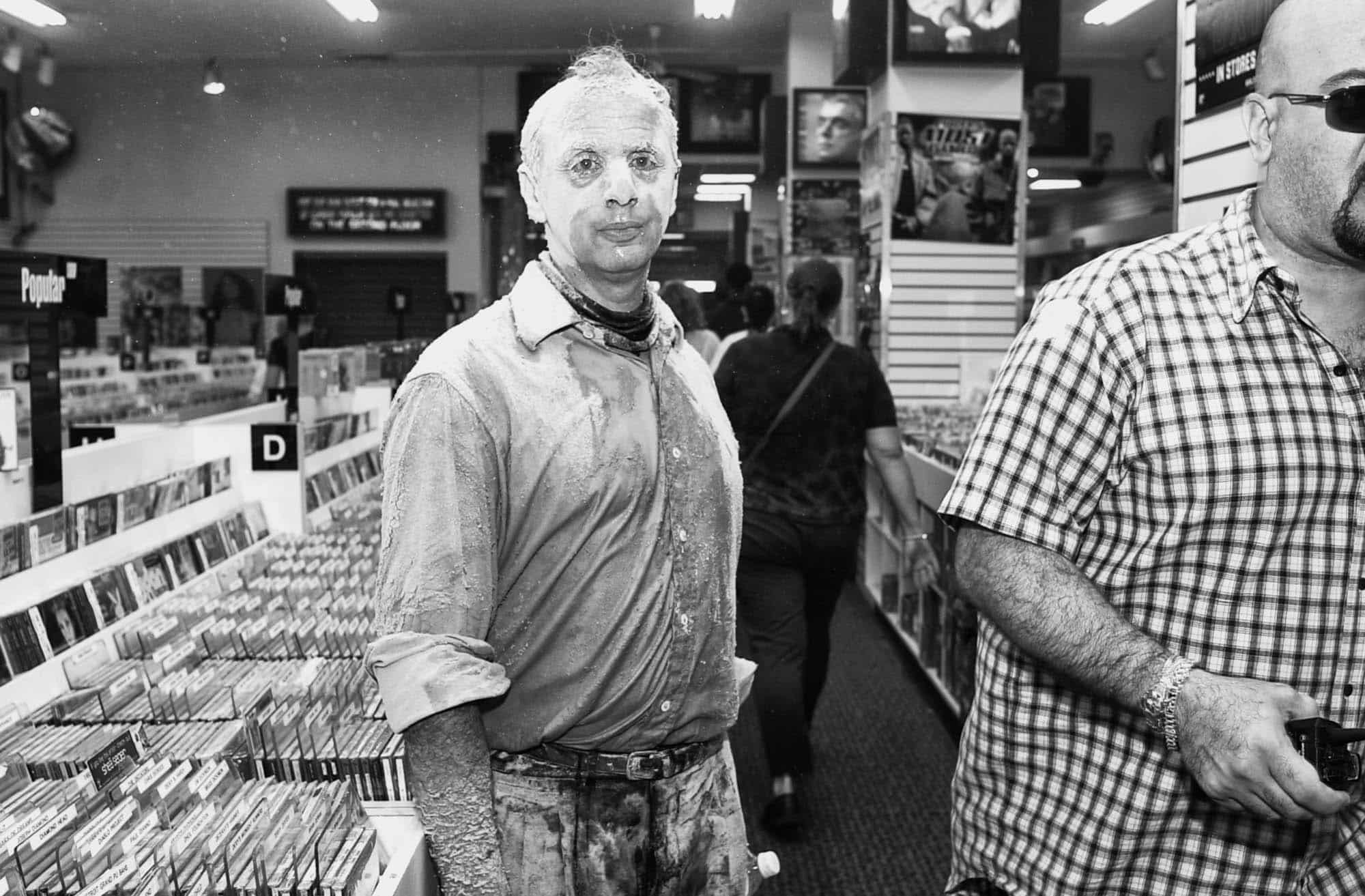
Photo by Phil Penman
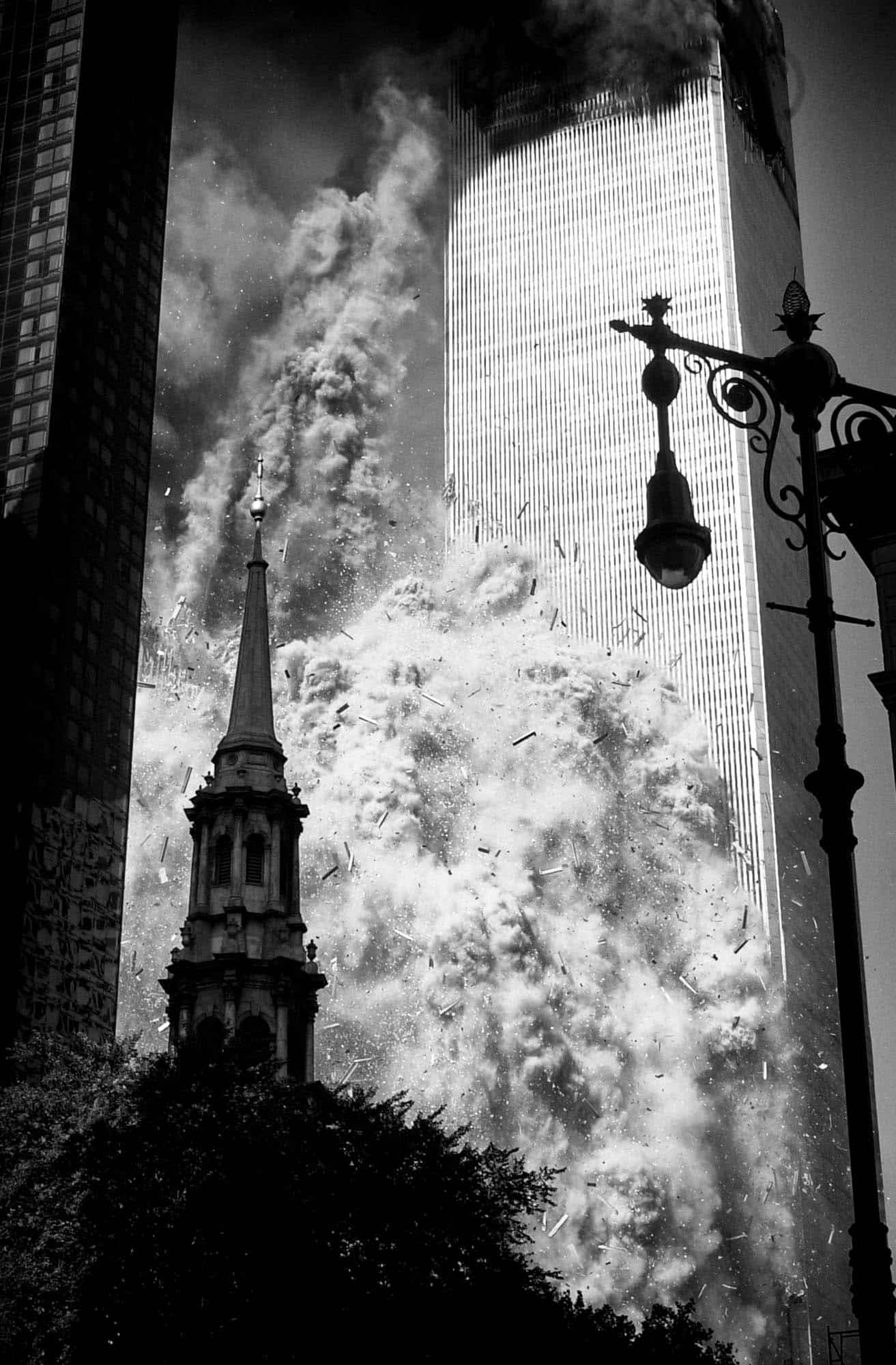
Photo by Phil Penman
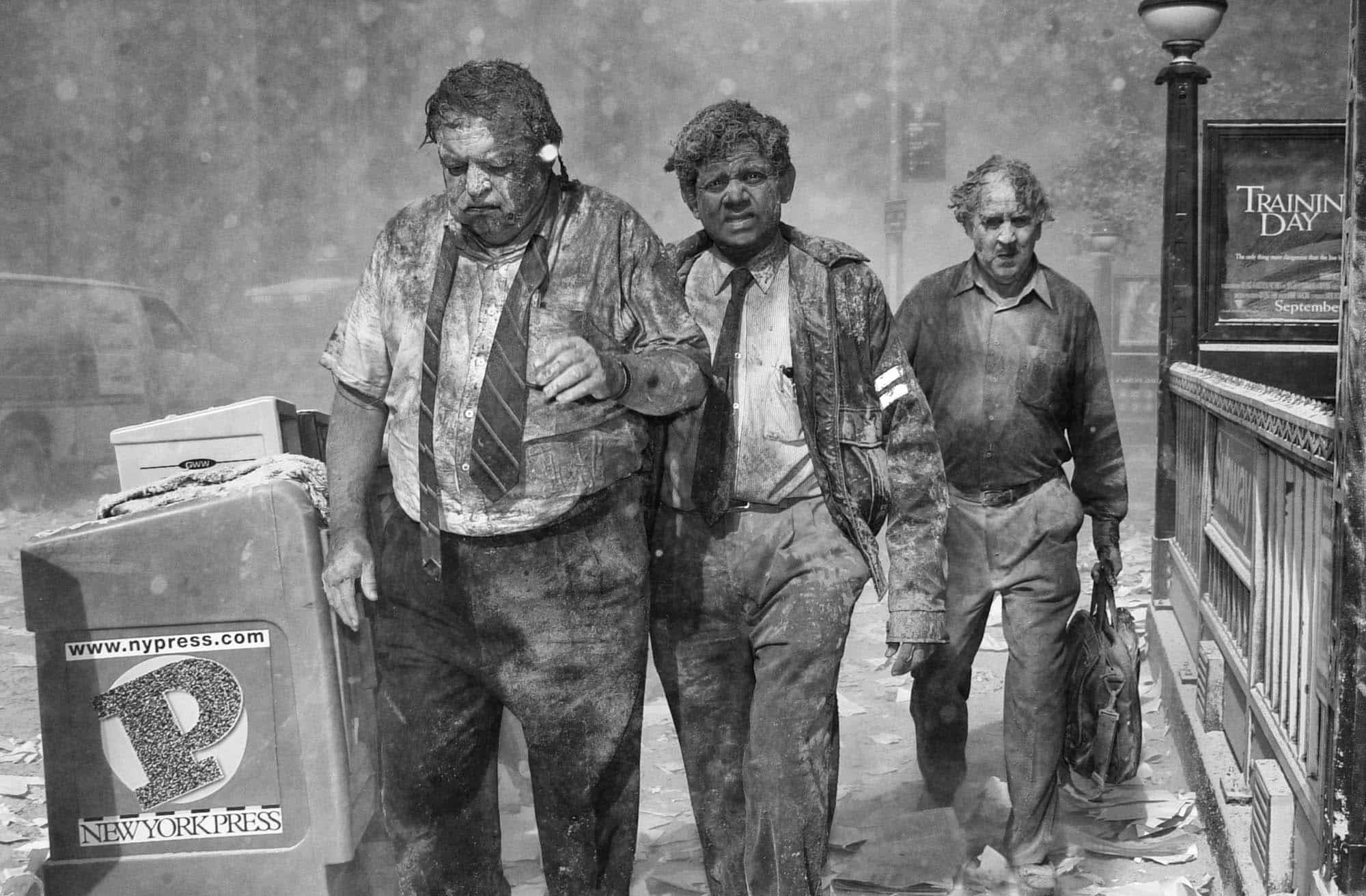
Photo by Phil Penman
I constantly switch things up to keep my work interesting. I don’t have a single ‘go-to’ technique because I see every scene as a unique moment, each requiring a different approach.
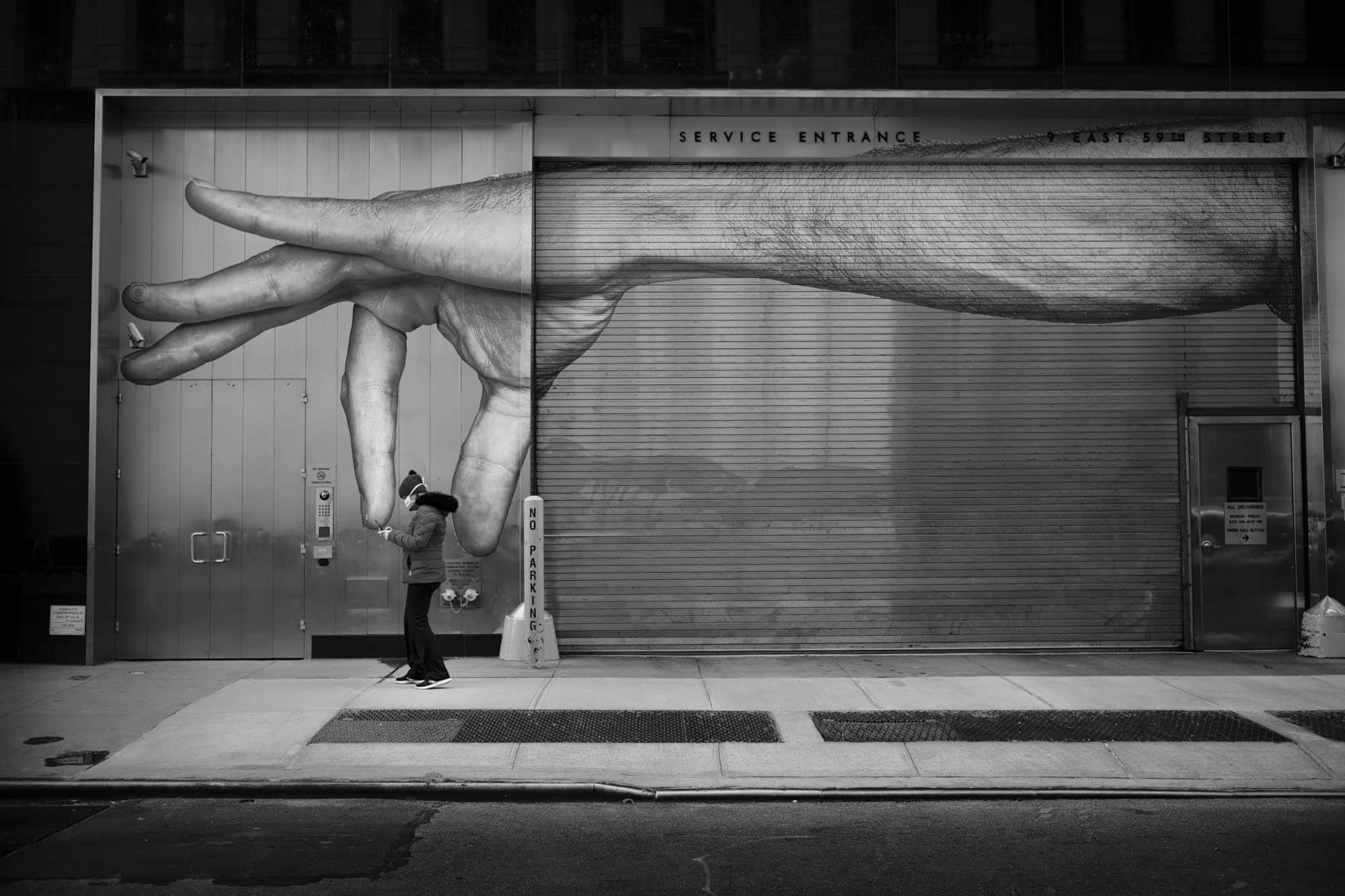
Photo by Phil Penman
I’m still looking for that one truly great image. My personal rule is to go out and get at least one good shot a day. What you think is a great image today might not hold up a year from now, and a photo you find just ‘so-so’ might become one of your favorites.
If I get choked up with emotion while I’m shooting, I know I’m on to something special.
Gear
What’s a piece of gear you didn’t expect to love—but now never leave behind?
It has to be my Leica cameras. I bought my first one in 2004 and have been using them ever since. It’s the simplicity of use that I love. I get to strip away all the complicated menu systems and concentrate on the thing that matters the most: the picture.
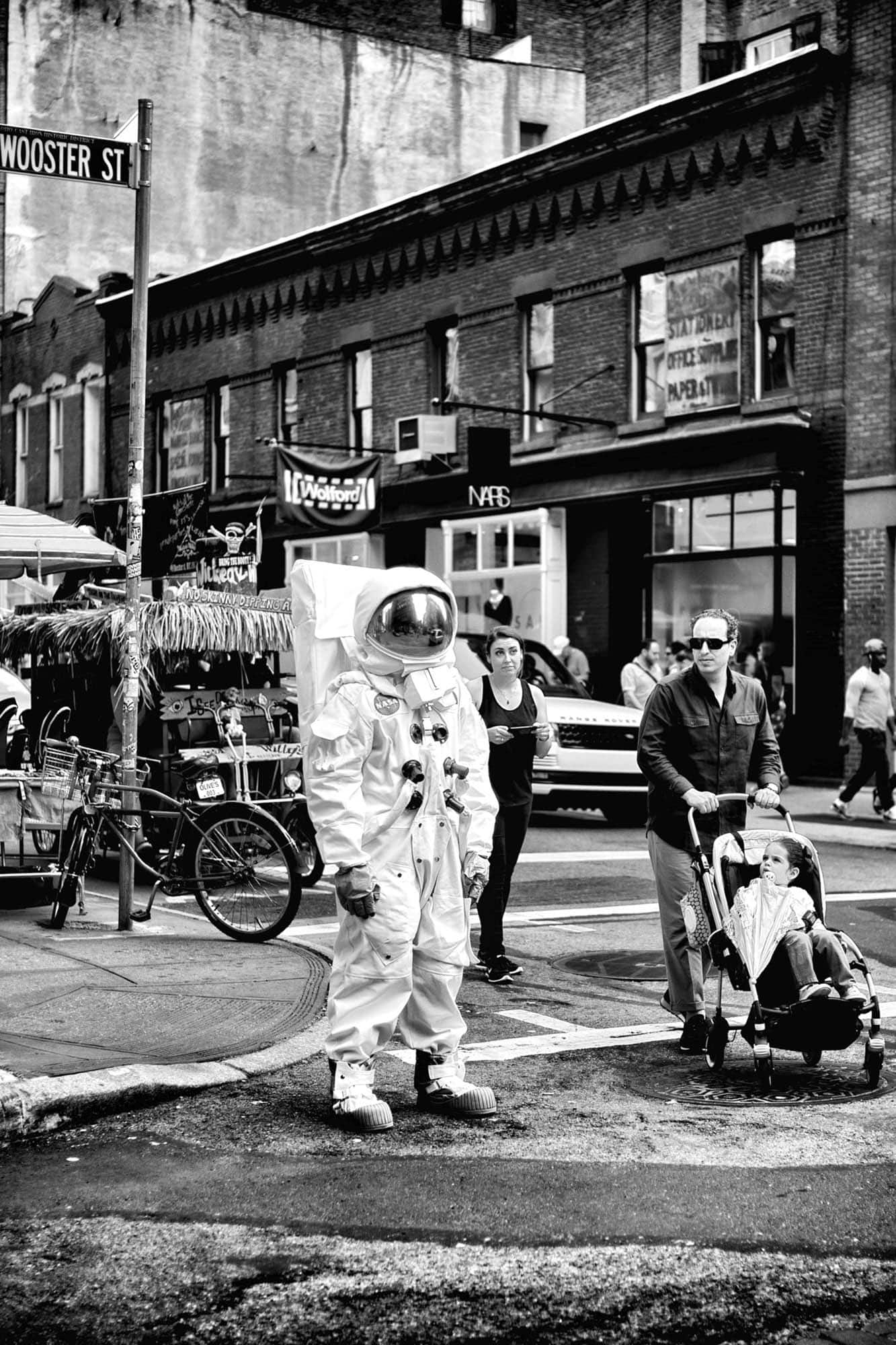
Photo by Phil Penman
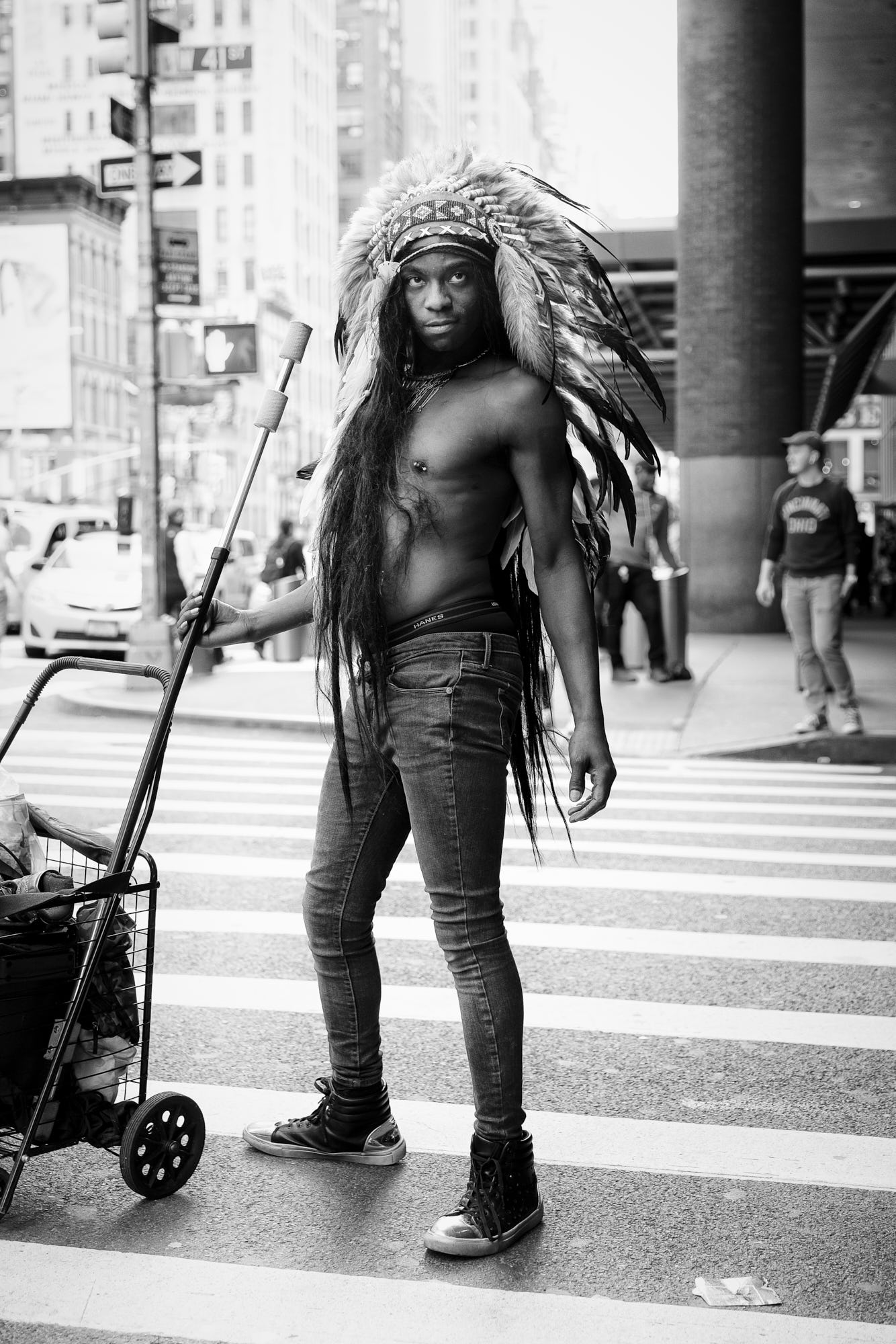
Photo by Phil Penman
Growth
Was there a particular mindset shift, technique, or experience that accelerated your learning more than anything else?
I come from a manual, film background, using a light meter for every scene. This is how I learned photography, and it’s how I do pretty much everything to this day.
However, the thing that made me get more creative was the ability to see what an image would look like with mirrorless cameras. It set me off on an entirely new level of creativity. I began experimenting with going many stops under and then painting with light in the edits, using the same old darkroom techniques of dodging and burning. It’s an old-school approach, but it works for me.
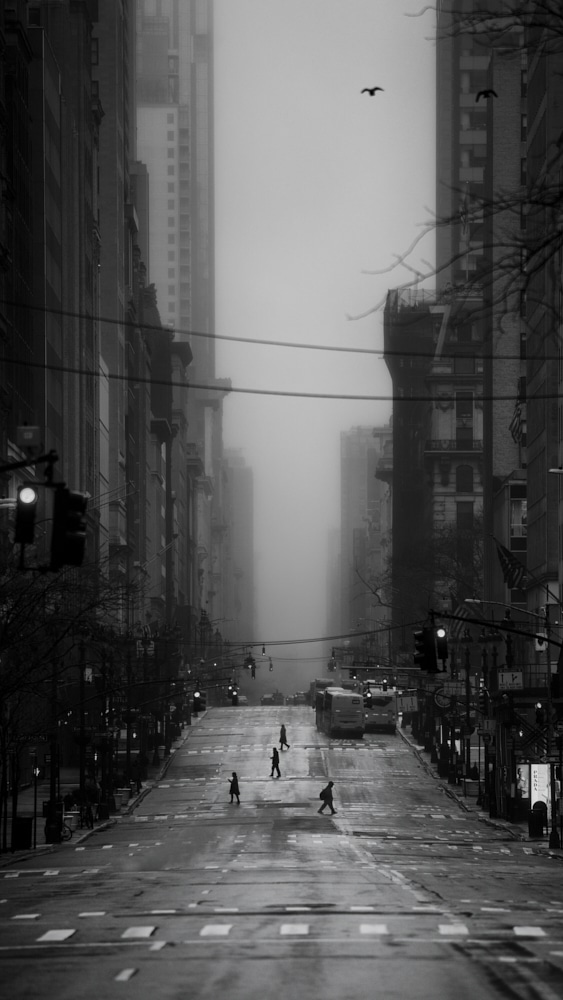
Photo by Phil Penman
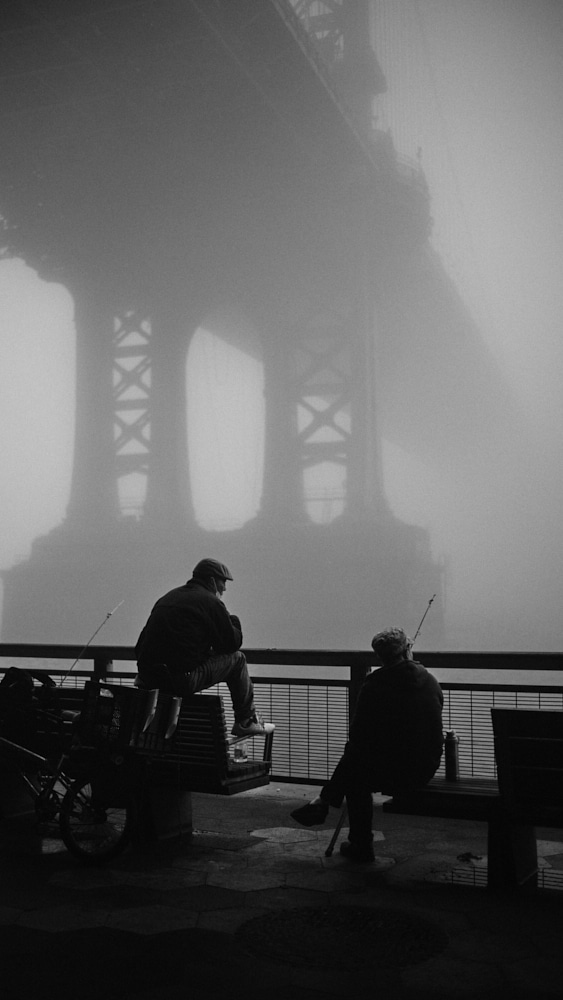
Photo by Phil Penman
Visiting a museum or a photo show—or even just watching a good movie—is often enough to bring my inspiration back. When I was a news photographer, we knew we could go months without feeling inspired, only to get our best shots all in one week. That’s just how the creative process works. The key is not to get frustrated because inspiration always returns. Sometimes, it’s just the stress in your life getting in the way.
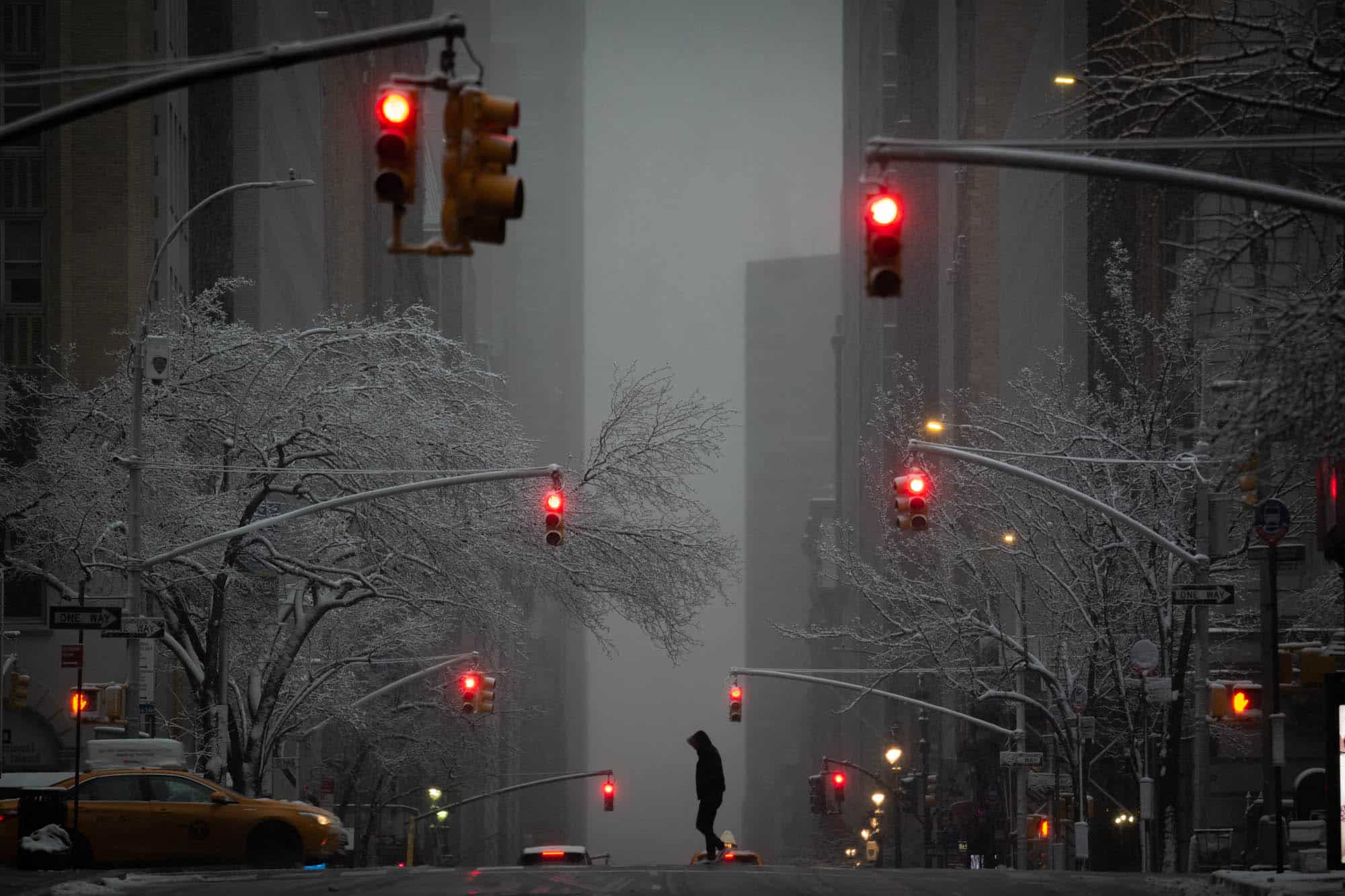
Photo by Phil Penman
Current work
Can you tell us about a recent or past project that you’re especially proud of, and what made it meaningful to you?
My latest book, Phil Penman – Street Scenes, has just been released. It’s a collection spanning from 2004 to the present, and it’s something I’m incredibly proud of. For me, a book is the ultimate way to share my work. While people are used to seeing content on their phones, nothing can replace the experience of looking at a physical print or a book.
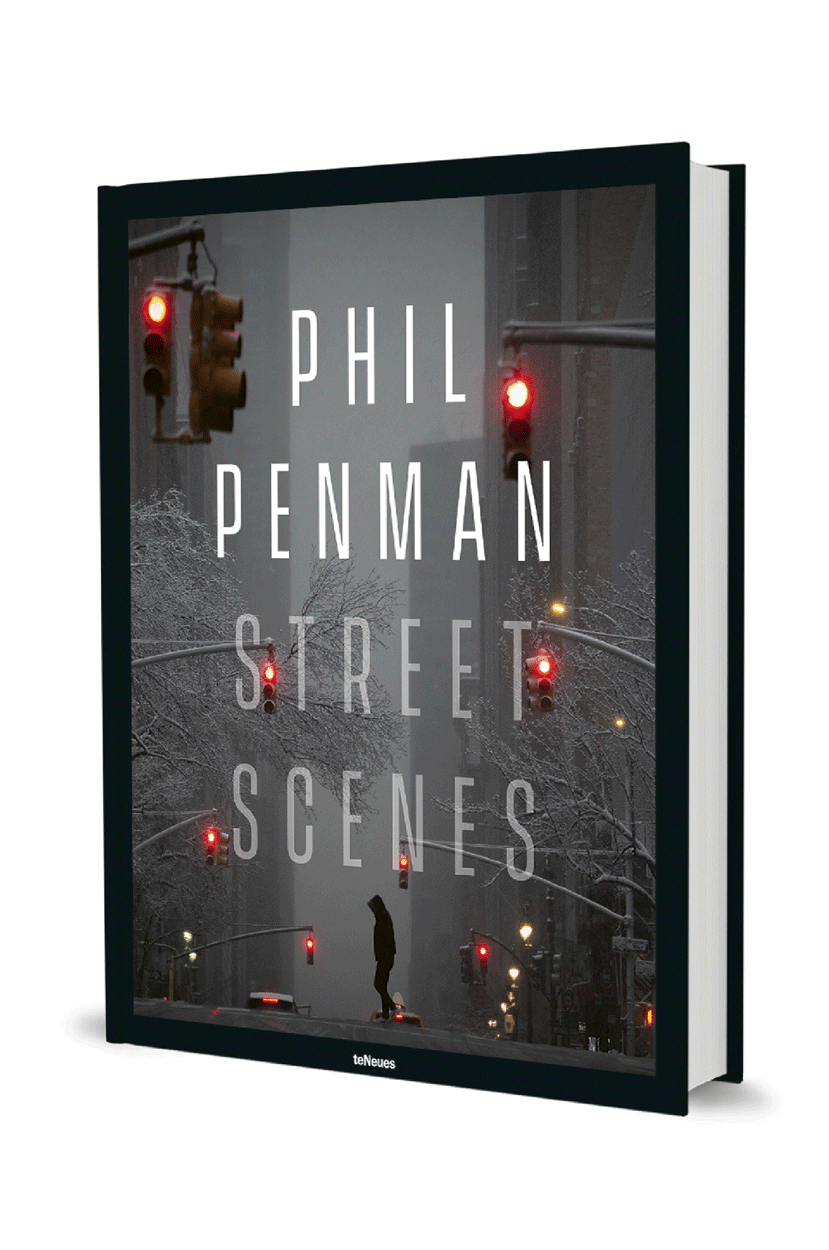
Above all else, the most important thing is to simply enjoy photography. If it’s not your profession, why add stress to it? We have other jobs for that!
Photo by Phil Penman
Through this conversation, it’s clear that Phil Penman’s career is defined not just by technical excellence but by empathy, patience, and a deep respect for the unpredictable rhythm of life on the streets. From capturing the resilience of New Yorkers after 9/11 to documenting the eerie stillness of the city in lockdown, his work reveals how authenticity and emotion can turn ordinary moments into timeless stories. His journey—from photojournalist to celebrated Leica instructor and bestselling author—shows that true artistry comes from perseverance and a willingness to see the world differently each day.
For other photographers, Penman’s example is both grounding and inspiring: stay curious, refine your craft, and trust your instincts more than trends. He reminds us that a camera is only as powerful as the vision behind it—and that great photography begins not with equipment or technique, but with empathy, observation, and a genuine love of the process. Ultimately, Penman’s message endures: keep shooting, keep learning, and let passion be your constant lens on the world.
Thank you for reading and if you’ve been inspired by the interview and want to deepen your skills, mindset, and storytelling ability, we invite you to explore our full range of courses — featuring legendary photographers like Steve McCurry, Joel Meyerowitz, Albert Watson, and more. See all our courses here: https://mastersof.photography/
At Masters of Photography, we believe that learning from the world’s best is the fastest way to unlock your own creative voice!

